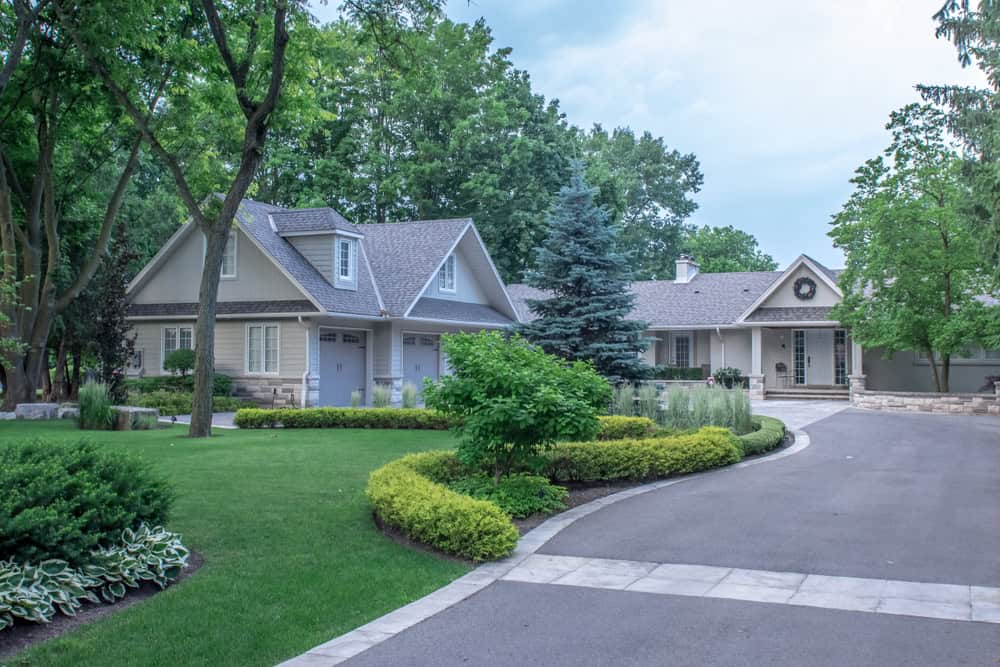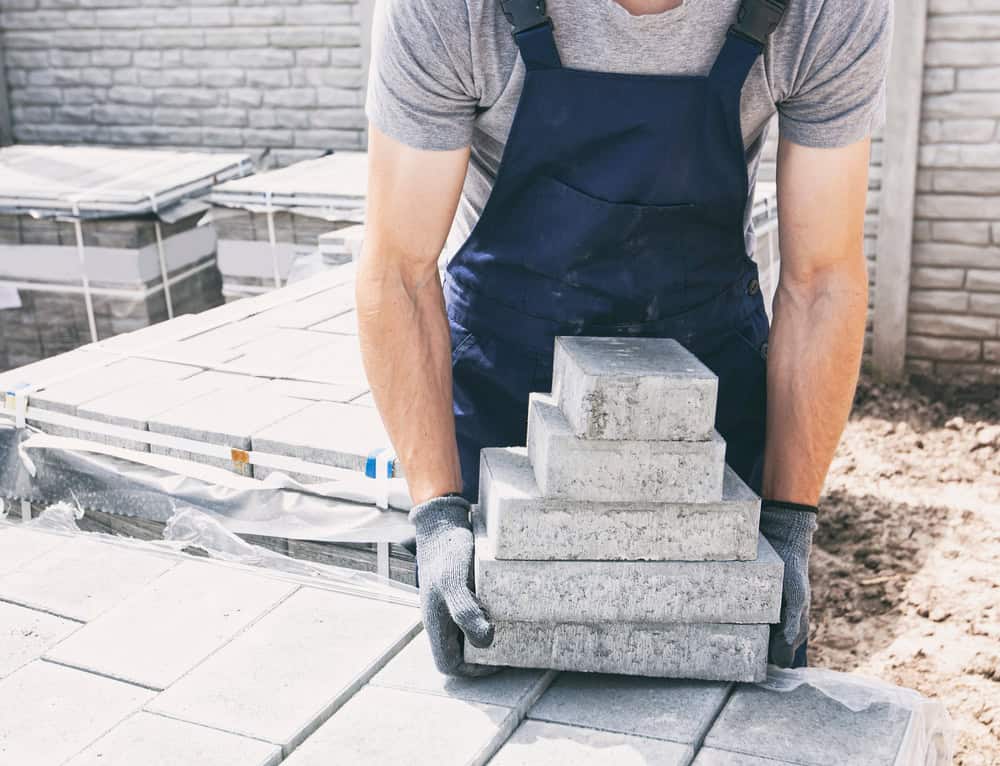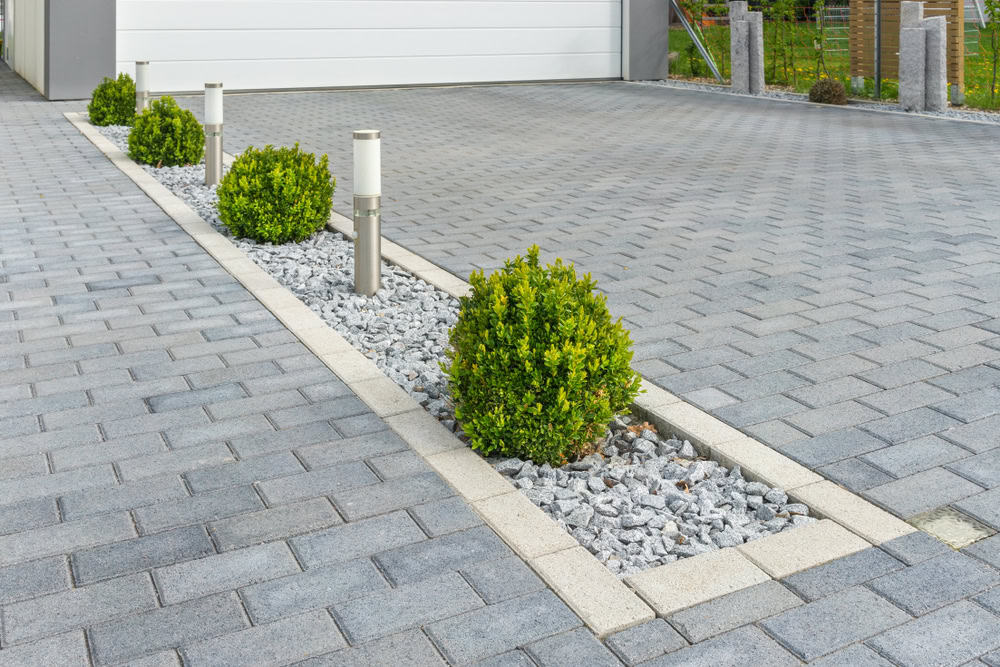Professional installation, proper drainage, and materials built for New England weather.


You get a patio that stays level. No settling, no cracking, no water pooling after heavy rains. That’s what happens when the base is prepared correctly and drainage is planned from day one.
Your weekends stay yours. No more staring at that unfinished project or dealing with the mess of trying to figure out sand calculations and proper slopes. You get to enjoy the space instead of building it.
The value sticks. When pavers are installed with the right foundation and materials that handle freeze-thaw cycles, your investment actually pays off. Both in daily use and when it comes time to sell.
We’ve been handling paver installations in North Billerica for years. We understand how the local soil behaves, what drainage challenges you’re facing, and which materials hold up best in our climate.
Every job gets the same attention to foundation work and proper installation techniques. No shortcuts, no guessing on base depth or drainage slopes. We’ve seen what happens when corners get cut, and we’ve fixed plenty of those jobs too.

First, we assess your space and soil conditions. Every North Billerica property is different, and the foundation work needs to match what we’re dealing with. We measure, plan drainage, and walk you through material options that make sense for your budget and use.
Next comes excavation and base preparation. This is where most DIY projects fail and where some contractors cut corners. We dig to proper depth, install base materials in lifts, and compact everything to specifications. The drainage system goes in during this phase.
Installation comes last, but it’s precise work. Every paver gets set level, joints stay consistent, and edges are properly secured. We clean up completely and walk you through maintenance basics. Simple as that.

Ready to get started?
You get complete excavation and base preparation, not just surface work. That means proper depth, quality base materials, and compaction that prevents settling. Drainage planning is included because water management matters in North Billerica.
Material delivery and professional installation with the right tools. We bring equipment that ensures level surfaces and proper compaction. Edge restraints, joint sand, and sealing recommendations are all part of the package.
Clean-up and maintenance guidance. Your property gets left cleaner than we found it, and you get straightforward instructions for keeping your pavers looking good long-term. No mystery maintenance requirements or expensive ongoing services.

Local Resources